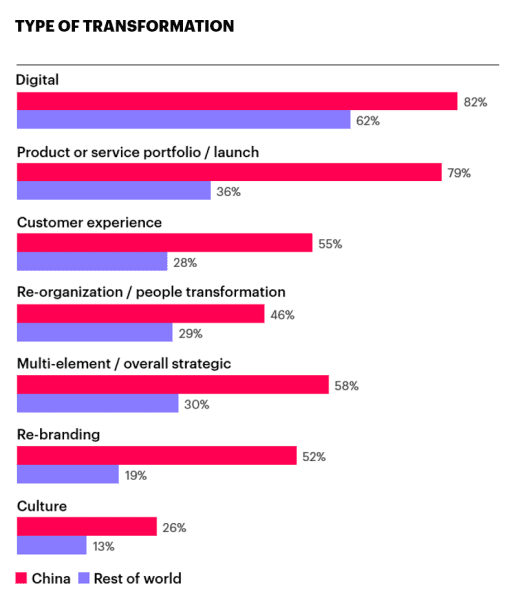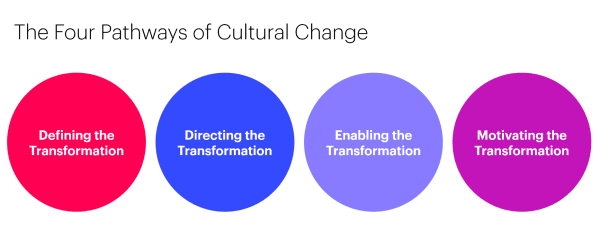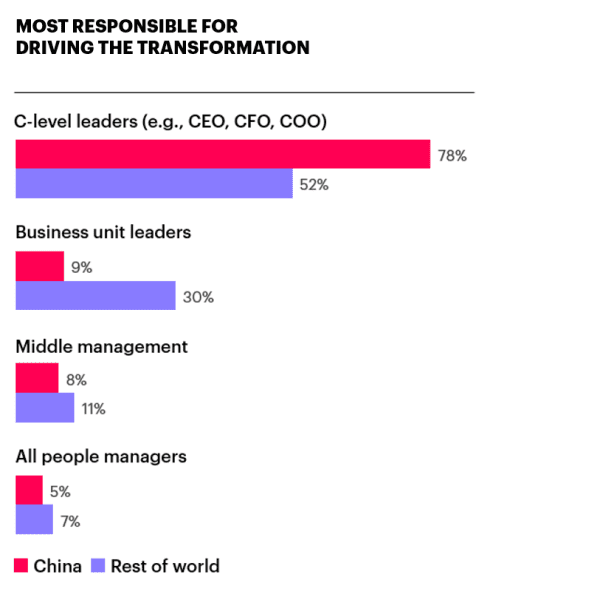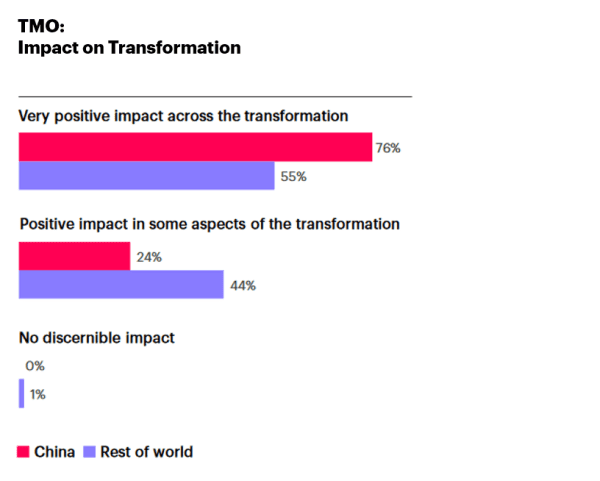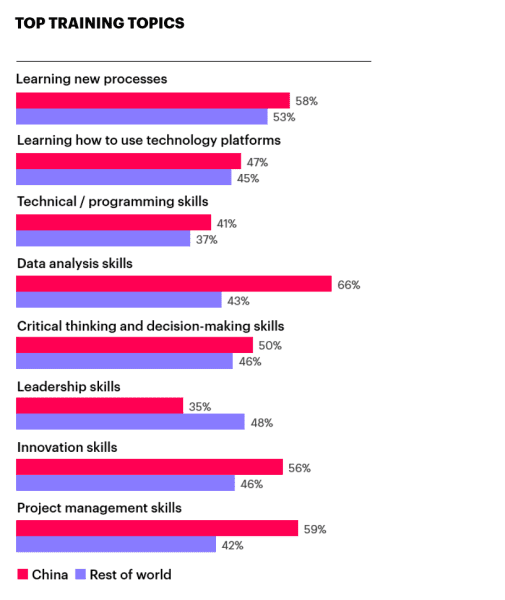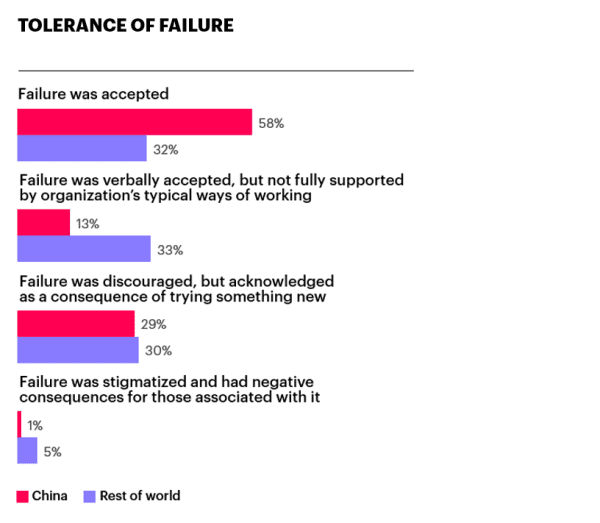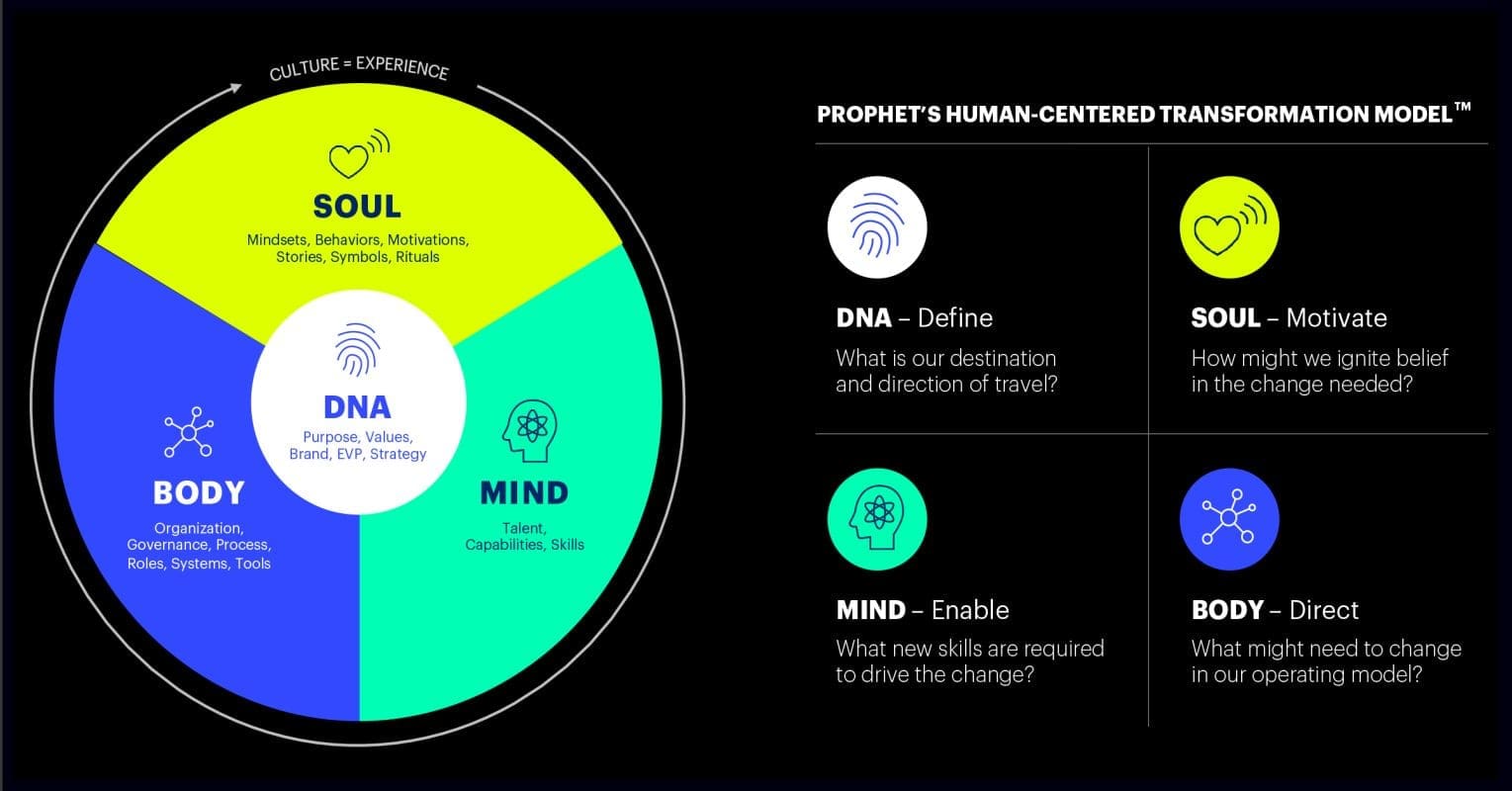BLOG
Where Did the Watercooler Go? Keeping Your Culture Connected
Companies need to create virtual spaces that are casual, comfortable and safe.
Glug glug. The proverbial watercooler.
It’s where employees take a pause and engage in small talk. It’s where employees keep up to date on the latest developments. And it’s where many of the most innovative ideas first get floated. When employees can casually congregate at the watercooler, cafeteria or ping pong table, it breaks down formal barriers and encourages employees to bond with co-workers outside of their immediate working team. These personal connections not only build comradery but also enable trust and open communications, which are cornerstones to a healthy culture.
But with so many of us now working remotely, interactions with co-workers have become more transactional and largely only with those on our team or within our department or function. Save the occasional Zoom cocktail hour, serendipitous conversations are becoming virtually non-existent. A recent report found that virtual work now accounts for 62% of the workforce, and for many, work-from-home is here to stay. Although the world has adapted almost overnight to working remotely, organizations are now asking what impact this is having on their culture. Case in point: how can organizations recreate unplanned watercooler moments in a virtual work environment?
Creating the Right Environment
Remote work has forced us to think about new ways to support our people as they try to remain productive while feeling isolated and overwhelmed. Ensuring teams have the right digital tools, technology and access to the information they need to do their jobs are table stakes in virtual work. Preserving informal conversations and informal networking takes a bit more thought, especially without physical spaces like the coffee counter, lunchroom or Vinnie’s Pizzeria around the corner.
In a physical environment, the culture encourages watercooler moments through symbols, rituals and artifacts – naming the snack area, choosing unique furniture styles, and allowing personalization of meeting spaces. In a virtual environment, we have to be more overt about the watercooler moment to encourage organic interactions and fight the tendency to easily disconnect. Before looking at solutions to the problem, let’s define the qualities of a great watercooler moment:
- It’s a safe space. Trust is pervasive to the experience. Employees need to feel they can ask questions, share ideas and be “wrong” without repercussion. Employees will avoid the company’s intranet for informal communications if it leaves a trail.
- It’s casual and organic. Informal moments happen in the normal course of the day, on the way between tasks, or in scheduled breaks (i.e. lunch). It shouldn’t feel like another item on the “to-do” list. Make it fun and easy to slip in and out of.
- It’s acknowledged. While rarely explicit, unplanned interactions are acknowledged as essential to the culture. Successful leaders model desired behaviors by seeking out casual conversations, and encouraging their teams to do the same.
- It’s iterative. Watercooler moments are just one step in a consensus-building process, that builds on and carries forward a continuing conversation. They don’t require hard inputs and don’t expect hard outcomes. It’s about the journey, not the destination.
“Personal connections not only build comradery but also enable trust and open communications, which are cornerstones to a healthy culture.”
Simple Ideas to Get Started
In some ways, virtual work has already begun to break down traditional organizational norms. Despite the lack of a corporate campus, decisions are being made and operations are proceeding, in some cases faster than ever before. The pandemic has created a rapid test-and-learn environment for new ways of working, and is a great opportunity to help your employees connect in new, more meaningful and personal ways despite the distance:
Leverage Technology:
- Consider tools like the Slack app Donut that automate virtual coffee chats by pairing co-workers from different parts of the organization at regular intervals.
- Encourage employees to stay logged into their virtual meeting apps (i.e. Zoom) during the workday and “drop in” for a quick conversation or brainstorm.
- Conduct informal polls for favorite summer cocktails, recipes or outings; enable a comment feature to allow for additional interaction about the poll topic.
- Create an #aboutme hashtag on the intranet where employees can share their hobbies, interests and passions and build affinity groups.
Create Collaboration Moments:
- Form cross-functional working teams from different geographies, levels and skill sets to address social issues (i.e. community outreach, LGBQT, BLM).
- Set up group chats on a messaging platform to discuss non-business topics like trending pop culture, parenting, fashion or music.
- Host virtual brown-bag lunches to cook, share, eat and chat informally.
Have Fun:
- Host a virtual concert where employees and their families can perform a song, play an instrument or do karaoke.
- Encourage book or movie clubs where employees can share and discuss their latest Netflix binges.
- Run a virtual game night where teams play a board game or on-line video game.
FINAL THOUGHTS
While we are all working remotely these days, it doesn’t mean our watercoolers need to run dry. Informal, unplanned interactions are essential to your company’s culture; they just need to be re-configured for this new world. Don’t overthink it. Ask employees to make suggestions. Encourage perfectly imperfect solutions – they don’t have to be measurable – they just have to quench the thirst for the culture that already makes your organization great.
Are you interested in engaging your employees and transforming the way they work? Reach out to our Organization and Culture experts today and hear how we are helping clients just like you.

